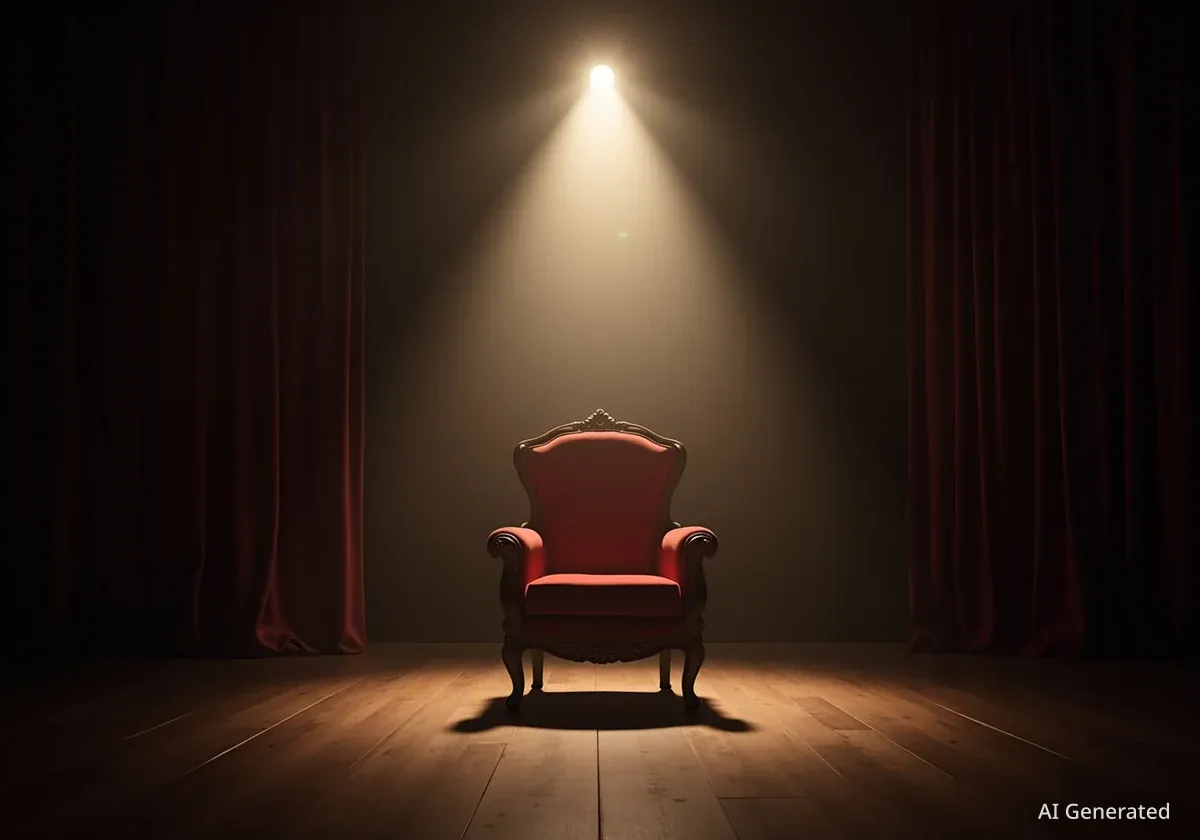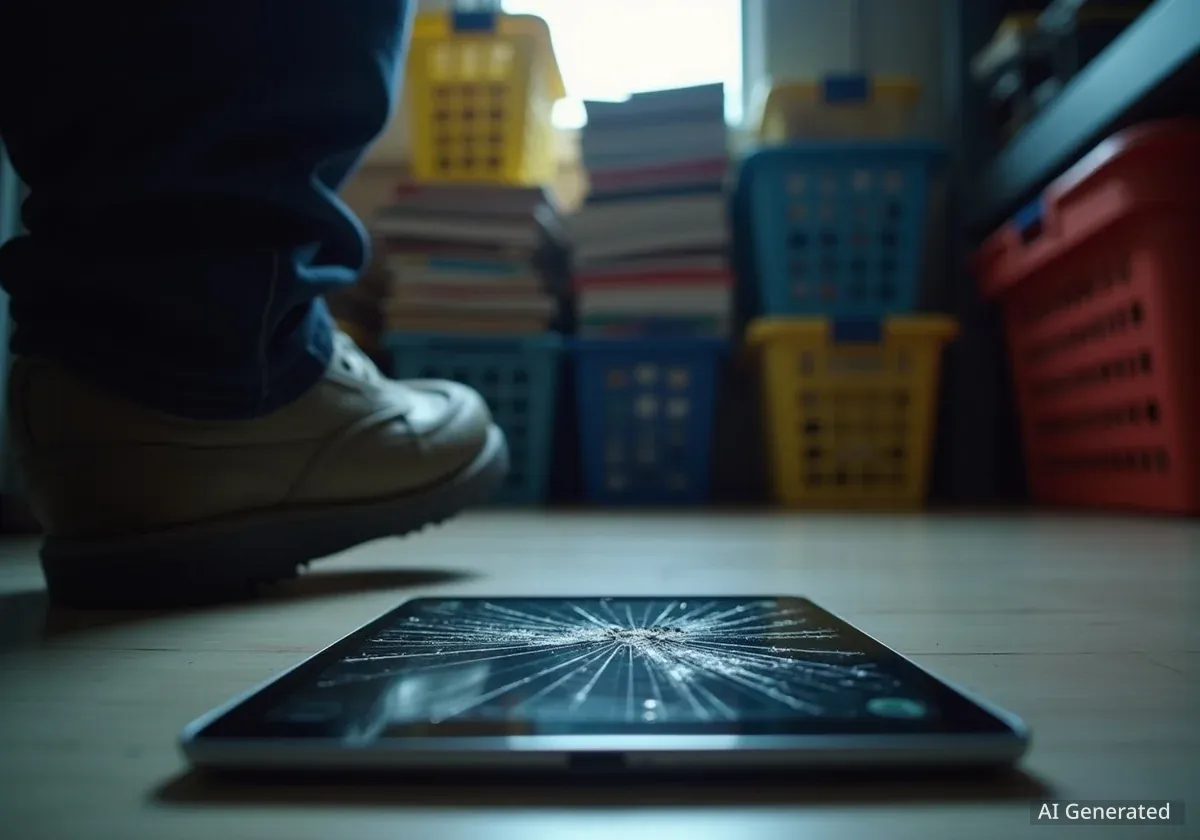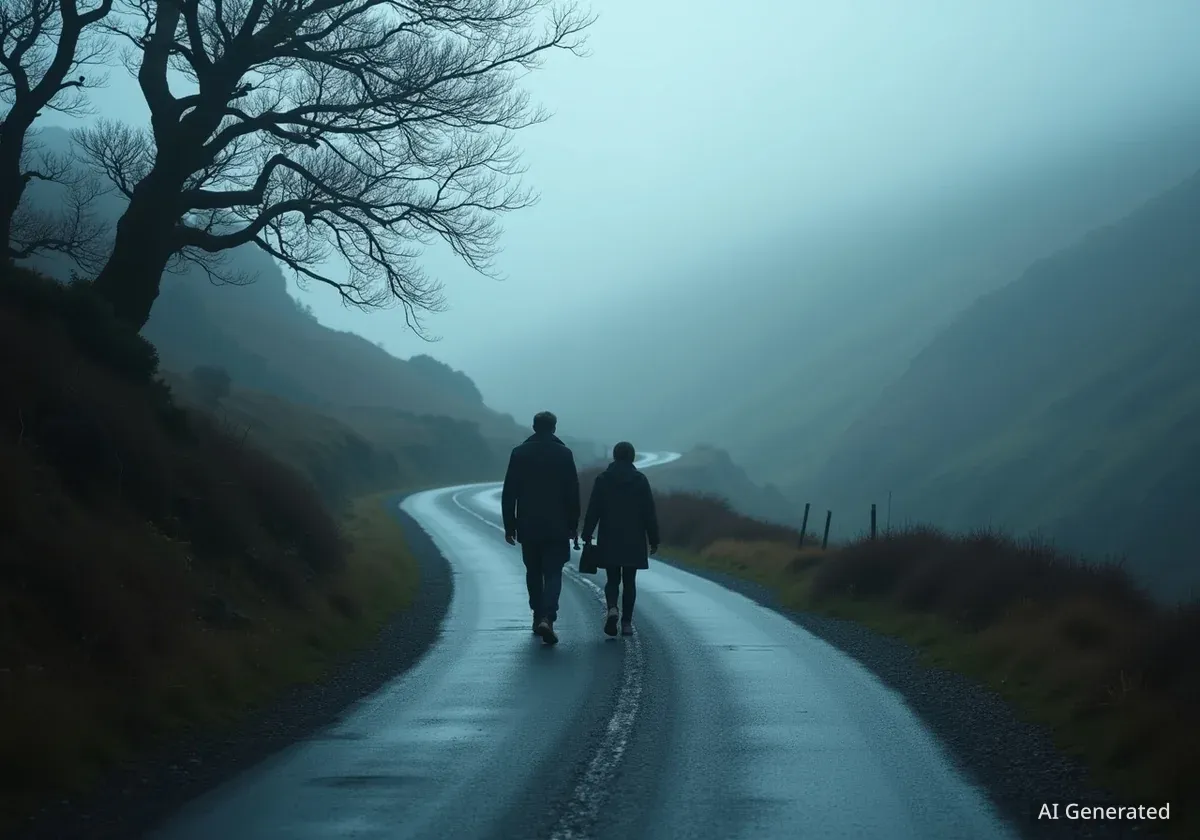Filmmaker Woody Allen has published a personal essay reflecting on his decades-long relationship with actress Diane Keaton, following her death at the age of 79. In the piece, published by The Free Press, Allen details their first meeting, their romantic and creative partnership, and the impact she had on his life and work.
Allen described Keaton's presence as uniquely radiant, stating that her "face and laugh illuminated any space she entered." The essay serves as a tribute to one of his most significant collaborators and former partners, with whom he made eight films.
Key Takeaways
- Woody Allen wrote a heartfelt tribute to Diane Keaton after her death at age 79, published in The Free Press.
- He recalls their first meeting during an audition for his 1969 play, "Play It Again, Sam."
- Allen reveals he eventually made films for an "audience of one," valuing Keaton's opinion above all others.
- The essay shares personal anecdotes from their romantic relationship and professional collaboration.
- Allen also touches upon their eventual separation and her lasting legacy, both personally and professionally.
A Fateful First Encounter
Woody Allen's tribute begins by recounting the moment he first met Diane Keaton. The meeting took place at the Morosco Theatre during an audition for his 1969 Broadway play, “Play It Again, Sam.” Keaton, who had recently arrived from Orange County, was working as a coat check girl while also performing in the musical “Hair.”
She had been recommended for the role by the respected acting teacher Sandy Meisner. Allen recalled his initial impression of her distinctive style and personality. “If Huckleberry Finn was a gorgeous young woman, he’d be Keaton,” Allen wrote, capturing her unique blend of charm and individuality.
Despite the instant impression she made, their connection was not immediate. “She was shy, I was shy, and with two shy people things can get pretty dull,” Allen explained. The dynamic between them shifted during a short break in rehearsals when they shared a meal. It was during this simple moment that Allen said he was captivated by her.
“She was so charming, so beautiful, so magical, that I questioned my sanity. I thought: Could I be in love so quickly?”
By the time the play opened for its run in Washington, D.C., their professional relationship had evolved into a romantic one, marking the start of a significant chapter in both of their lives.
The Ultimate Creative Collaborator
Beyond their personal relationship, Allen's essay emphasizes Keaton's central role in his creative process. He describes her as his most trusted confidante and critic, whose feedback he valued more than any professional review or audience reaction.
This reliance on her judgment grew over time, shaping the way he approached his filmmaking. “As time went on I made movies for an audience of one, Diane Keaton,” Allen revealed in the essay. He further stated, “I never read a single review of my work and cared only what Keaton had to say about it.”
A Lasting Partnership
Diane Keaton starred in eight of Woody Allen's 50 films. Their most notable collaborations include "Annie Hall" (1977), which earned Keaton an Academy Award for Best Actress, as well as "Manhattan" (1979) and "Radio Days" (1987).
More Than an Actress
Allen also praised Keaton's wide-ranging artistic talents that extended far beyond acting. He noted her accomplishments as a writer, a skilled photographer, a collage artist, and a director. Her distinct aesthetic sense was a trait he deeply admired.
He shared an anecdote illustrating her unwavering critical eye, recalling that she would not hesitate to critique even William Shakespeare if she felt the legendary playwright had “gone wrong.” This, Allen suggested, was a testament to her confident and independent artistic judgment.
Personal Memories and a Lasting Bond
The tribute is filled with personal stories that offer a glimpse into their time together. Allen shared a memory of spending Thanksgiving at Keaton’s family home in Orange County, where he played penny poker with her relatives. He humorously recalled that he “cleared about 80 cents” during the game.
He reflected on her evolution from a self-described “beautiful yokel” into a celebrated, award-winning actress and a global fashion icon, known for her sophisticated and unconventional style.
Their romantic relationship eventually came to an end, a development Allen addresses with a sense of unresolved complexity. “We had a few great personal years together and finally we both moved on, and why we parted only God and Freud might be able to figure out,” he wrote.
A Complex Public History
Woody Allen has remained a controversial figure following his relationship with Soon-Yi Previn, the adopted daughter of his former partner Mia Farrow. Allegations of inappropriate behavior with their daughter, Dylan Farrow, also emerged, which Allen has consistently denied. Amid the #MeToo movement, Diane Keaton publicly defended Allen, writing on social media, “Woody Allen is my friend and I continue to believe him.”
Their professional and personal connection endured long after their romance ended. In 2017, Allen presented Keaton with the AFI Life Achievement Award. During the ceremony, he spoke of her profound influence on him.
“The minute I met her, she was a great, great inspiration to me. Much of what I’ve accomplished in my life I owe, for sure, to her. Seeing life through her eyes. She really is astonishing.”
A World Without Keaton
Allen concluded his essay with a poignant reflection on the loss of Keaton and the void her absence creates. He acknowledged the permanence of her work while mourning the loss of her presence in the world.
“A few days ago the world was a place that included Diane Keaton. Now it’s a world that does not. Hence, it’s a drearier world,” he wrote. This simple, direct statement captures the weight of her passing for those who knew her.
Despite the sadness, Allen found a measure of comfort in her enduring legacy. He finished his tribute by noting, “Still, there are her movies. And her great laugh still echoes in my head.”




